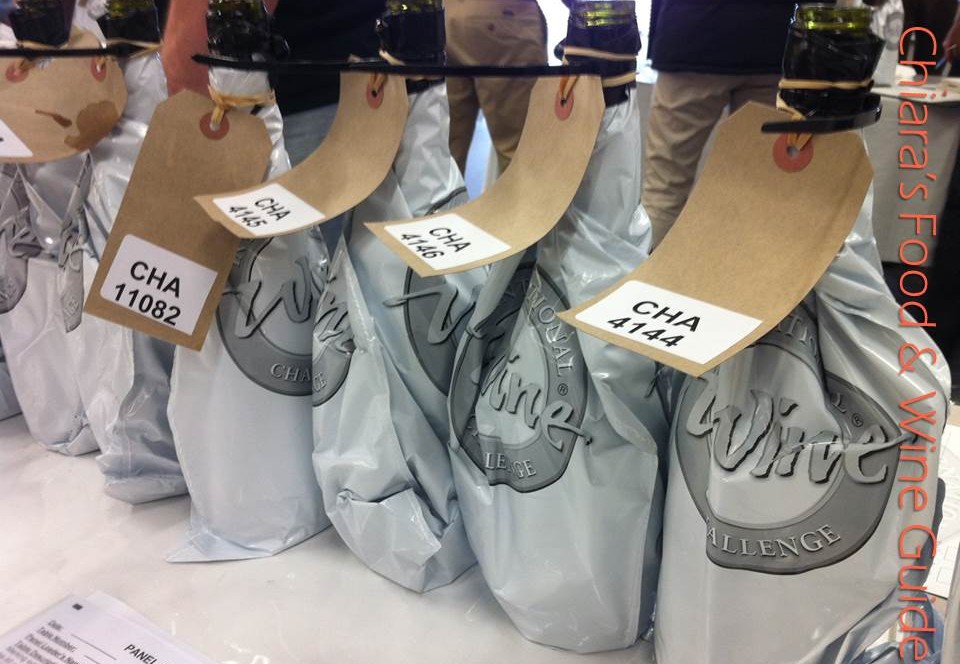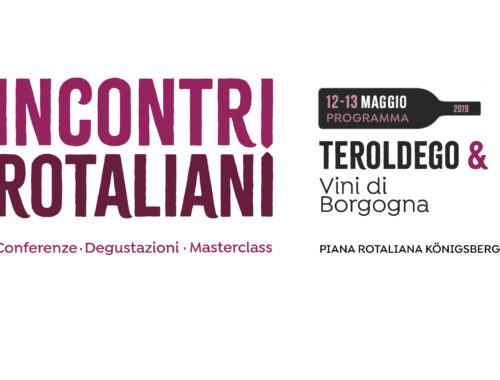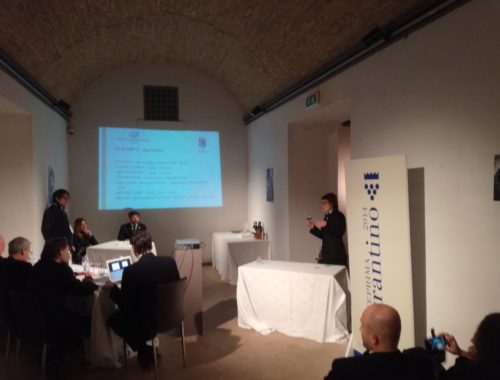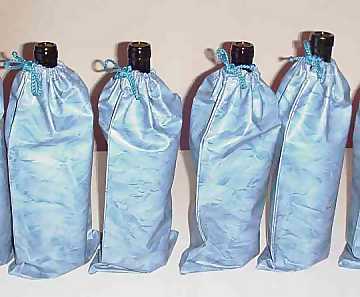For sure, the most of the wine competitions provide blind tastings, meaning the bottles are badged so that the jury cannot see the producer of each wine.
In any case, both in national competitions (competition of wines of their own nation) and in international ones (tasting of wines from all over the world) an information sheet is foreseen to provide the judges with basic information about grapes, vintage, production areas although some expert tasters would be drastic and favorable to wine tasting without having any kind of information.
In some cases, but not always, the sheet also includes the price range, opinions about this issue are conflicting, we will discuss about it on a different occasion soon.
So the wines are grouped into homogeneous flights: same grape, same production area, so with a precise logic of course; then submitted to the jury. The bottles are generally packed in a bag that covers them up to the neck; the judges fill their boards with tasting notes and a score or directly the award they thing to assign based on the competition.
Clearly the whole process is not as simple as it appears if we imagine that international competitions receive tens of thousands of wines to be cataloged and grouped in flights from a minimum of 2, 3 wines per flight, up to 10/15.
Let’s analyze one in particular: IWC International Wine Challenge, competition held in London since 32 years ago and which I attended last April.
Here is the mechanism of IWC in detail.
- SUBMISSION OF WINES
First of all IWC foreseen 2 tranches of submission and tasting, in 2 different times of the year (one in November, one in April), allowing producers to submit wines when they are really ready basing on their real needs.
- LOGISTICS AND ORGANIZATION OF THE TASTING SESSION
The wines are properly cataloged, photographed and covered. Each wine will be associated with to an identification code to which judges may refer to award prizes. The wines are submitted to different panels, giving them more than one possibility. Each panel is generally composed of 5 judges with different backgrounds and coordinated by a leader.
- FIRST ROUND OF TASTING
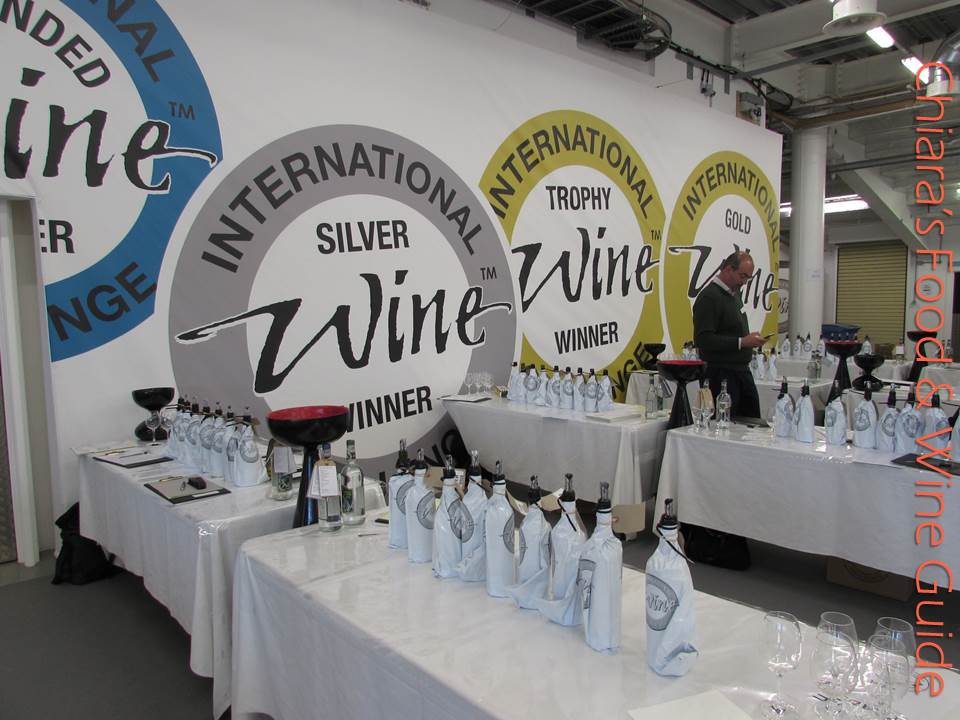 With the first round, each panel will taste several batteries establishing whether each wine is OUT (to be excluded), “commended” or deserving a medal (bronze / silver / gold), in the latter case, they will pass to the next step.
With the first round, each panel will taste several batteries establishing whether each wine is OUT (to be excluded), “commended” or deserving a medal (bronze / silver / gold), in the latter case, they will pass to the next step.
At this point, to ensure a further evaluation, the wines are submitted to IWC Chairmen, five members that the Challenge have selected among the most experienced ones worldwide. They taste all the wines rejected or considered “commended” to assess whether they can proceed to the next step along with the others, giving them a second chance.
- SECOND ROUND OF TASTING
All wines that have passed the first step are tasted from different panels, so in different moments and evaluated again as OUT, commended or rewarded with one of the three medals (bronze/silver/gold). At this point, all the wines are tasted again by Chairman to check the results.
- ASSIGNMENT OF TROPHIES
All wines that received the gold medal in both the first and the second tranche are tasted again by a panel made only by the leaders of each panel as mentioned above and the Chairman to select those wines considered valid also for trophy: Sub-regional (sub-zone, es. Chianti), regional (region/specific production area, eg. Tuscany), national (eg. Italy). All wines rewarded with the National Trophy compete to win the Champion Trophy: one for each category (red, white, fortified, sparkling wine, dessert). In addition, all the wines that have received a gold or a silver medal and which fall below certain price ranges, compete for “Great value” award.
Click here to discover through the results of the competition filtering by country, type of medals or more.
See you soon for a short report of general analysis of the results, and no Italian! We will read of surprises!



